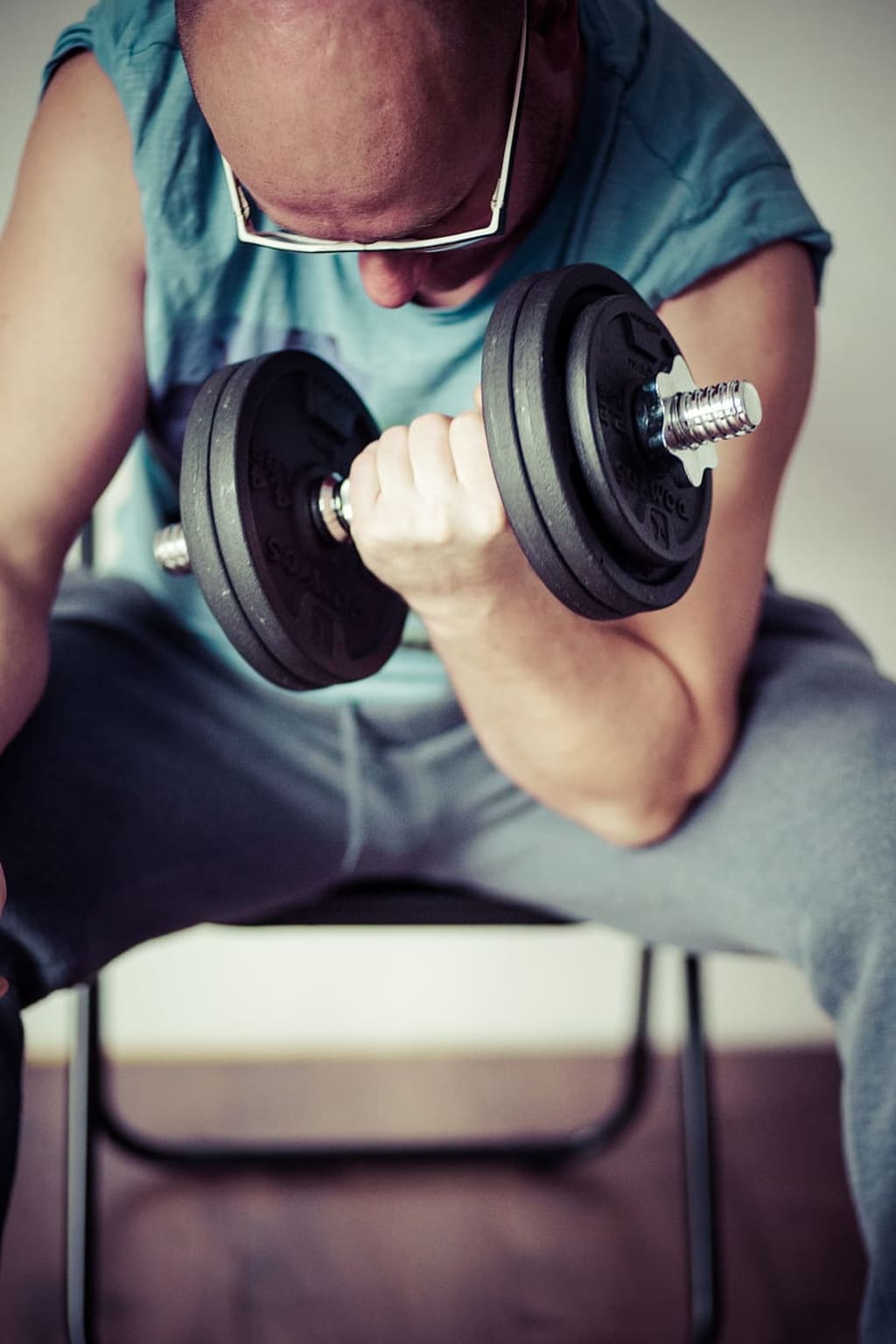
Having one arm larger than the other is a typical issue for numerous people who make every effort for balanced muscle advancement. Whether you're a professional athlete, bodybuilder, or merely somebody thinking about maintaining a balanced body, comprehending the underlying causes of muscle imbalance and how to remedy it is crucial. In this short article, we will explore the numerous factors adding to irregular arm size and explore reliable strategies to resolve this concern.
I. Muscle Imbalance and Its Causes
A. Dominant Arm Usage:
One of the primary reasons for irregular arm size is the asymmetrical usage of our arms in day-to-day activities. Many people have a dominant arm that naturally presumes a greater workload. Whether it's composing, consuming, or participating in sports, the dominant arm frequently carries out more experiences and tasks increased muscular stress. As a result, it tends to establish more strength and size compared to the non-dominant arm.
Related: Why One Arm Is Bigger Than The Other
When one arm sustains an injury, it requires time to heal, triggering disuse atrophy in the impacted muscles. Even after recovery, the formerly hurt arm might have a hard time to capture up, perpetuating the muscle imbalance.
B. Genetic Predisposition:
Genetic elements play a function in identifying muscle size and circulation. Some people naturally have a hereditary predisposition for unbalanced muscle development. Certain genetic variations can affect muscle fiber type composition, which we will go over in more detail later. It's essential to acknowledge that while genetics might contribute to the initial muscle imbalance, it is not an insurmountable challenge, and corrective measures can still be taken.
II. Muscle Hypertrophy and Adaptation
When one arm undergoes targeted training, such as resistance workouts focused on bicep curls or tricep extensions, it experiences greater tension and stimulation. Conversely, the non-targeted arm might not receive the same level of stimulation, leading to a variation in muscle advancement.
A. Progressive Overload:
Progressive overload is a fundamental concept in muscle growth. It includes slowly increasing the tension placed on the muscles to promote more adjustment. Using progressive overload to both arms guarantees constant development and lessens the risk of muscle imbalance. By progressively increasing resistance, repetitions, or training frequency for both arms, you encourage symmetrical growth and reduce the possibilities of one arm outpacing the other.
III. Neuromuscular Factors
A. Motor Control and Neural Pathways:
Motor control refers to the ability to collaborate and perform accurate movements. Through duplicated usage and practice, our neural pathways become more efficient in activating specific muscle groups. When the dominant arm consistently carries out particular motions, it establishes more powerful neural connections with the matching muscles, causing increased muscle activation and development. To deal with muscle asymmetry, it's vital to focus on enhancing motor control in the weaker arm through targeted exercises.
If one arm has a greater concentration of Type IIb fibers, it may have a higher potential for hypertrophy compared to the other arm. With the best training technique, it is possible to optimize muscle growth in both arms.
IV. Fixing Muscle Asymmetry
Performing single-arm dumbbell curls or tricep kickbacks permits for concentrated activation and development of the specific arm muscles. By prioritizing the weaker arm during training sessions, you can gradually close the space in size and strength.
A. Symmetrical Training Volume and Intensity:
Achieving in proportion arm development needs equal attention to training volume and strength. By keeping symmetry in your training approach, you ensure that both arms receive equivalent chances for hypertrophy and strength gains.
B. Mind-Muscle Connection and Focus:
Developing a strong mind-muscle connection is important in conquering muscle imbalance. By purposely focusing on contracting and engaging the muscles of the weaker arm throughout workouts, you can boost its activation and recruitment. Imagining the preferred muscle working throughout each repeating and utilizing proper type and technique are efficient methods to develop a more powerful mind-muscle connection. With constant practice, this connection will add to improved muscle activation and ultimately, more well balanced arm advancement.
Conclusion:
Uneven arm size can be a result of numerous aspects, consisting of dominant arm usage, injuries, genetic predisposition, and neuromuscular elements. Nevertheless, with a well-structured technique that highlights targeted training, progressive overload, and mindful engagement of the weaker arm, it is possible to remedy muscle asymmetry and accomplish a more balanced physique. Keep in mind, persistence and consistency are crucial, and by carrying out the techniques outlined in this post, you can work towards establishing arms that are not only strong however also in proportion.






Comments
There are no comments for this story
Be the first to respond and start the conversation.